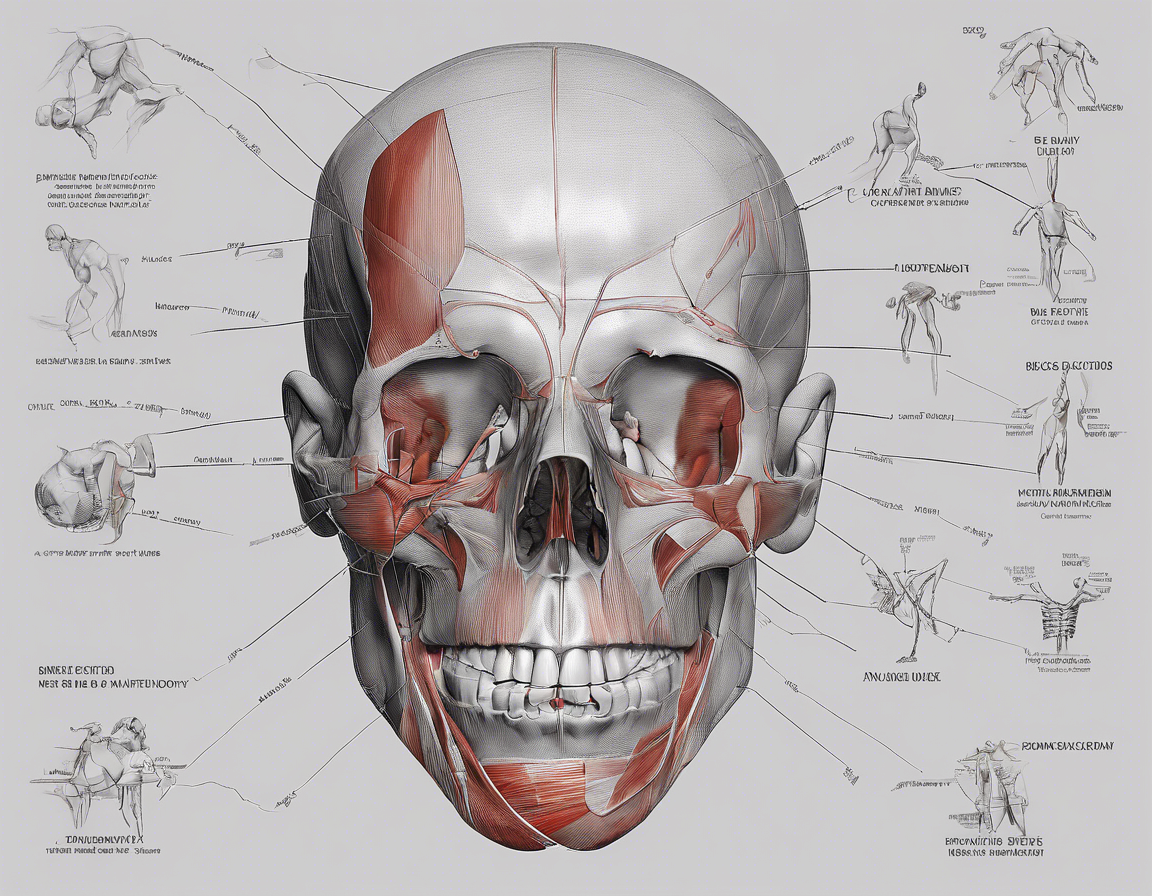Overview:
At the core of any business operation, Business Development Centers (BDCs) play a crucial role in driving growth and fostering customer relationships. Understanding the anatomy of a BDC is essential for businesses looking to optimize their operations and improve overall performance. In this comprehensive guide, we will delve deep into the fundamental components that make up a BDC, its importance, key functions, and best practices for success.
What is a BDC?
A Business Development Center (BDC) is a centralized unit within an organization that focuses on activities designed to promote growth and improve customer engagement. BDCs are common in various industries, including automotive, real estate, healthcare, and financial services, where businesses need to proactively reach out to customers, generate leads, and manage relationships effectively.
Key Components of a BDC:
- People:
- BDC Manager: Oversees the daily operations of the BDC, sets goals, and ensures targets are met.
-
BDC Representatives: Responsible for engaging with customers, handling inquiries, and following up on leads.
-
Technology:
- Customer Relationship Management (CRM) Software: Centralizes customer data, tracks interactions, and helps streamline communication.
-
Communication Tools: Such as email, phone systems, and chat platforms for effective customer engagement.
-
Processes:
- Lead Generation: Strategies to attract potential customers through marketing campaigns, referrals, and partnerships.
- Lead Qualification: Assessing leads to determine their readiness to make a purchase or engage further with the business.
- Customer Follow-Up: Establishing protocols for contacting leads at different stages of the sales cycle to nurture relationships.
Importance of a BDC:
-
Enhanced Customer Experience: BDCs enable businesses to provide personalized attention to customers, addressing their needs promptly and effectively.
-
Increased Efficiency: By centralizing customer communications and lead management, BDCs help streamline processes and maximize productivity.
-
Improved Sales Conversion: Through proactive lead generation and follow-up, BDCs contribute to higher conversion rates and revenue growth for the business.
Functions of a BDC:
- Inbound Communication:
- Handling customer inquiries via phone, email, or chat.
-
Scheduling appointments and managing customer queries.
-
Outbound Communication:
- Conducting follow-up calls with leads to nurture relationships.
-
Running targeted marketing campaigns to generate new leads.
-
Data Management:
- Updating customer information in the CRM system.
- Analyzing data to identify trends and opportunities for improvement.
Best Practices for Running a Successful BDC:
-
Training and Development: Invest in regular training for BDC representatives to enhance their communication skills and product knowledge.
-
Goal Setting: Establish clear, measurable goals for the BDC team to track performance and drive results.
-
Continuous Improvement: Regularly review processes and seek feedback from customers to identify areas for enhancement.
Common FAQs about BDCs:
- What industries commonly use BDCs?
-
BDCs are prevalent in industries like automotive, real estate, healthcare, and financial services where proactive customer engagement is crucial.
-
How can businesses measure the success of their BDC?
-
Success can be measured through metrics like lead conversion rates, customer satisfaction scores, and revenue generated from BDC activities.
-
What are the key skills required for BDC representatives?
-
Excellent communication skills, sales acumen, problem-solving abilities, and a customer-centric approach are essential for BDC representatives.
-
How can businesses integrate their BDC with other departments?
-
Seamless integration can be achieved through regular cross-department meetings, shared KPIs, and collaborative projects that align with overall business goals.
-
What role does technology play in a BDC?
- Technology, such as CRM systems, communication tools, and analytics software, is critical for optimizing BDC operations, improving efficiency, and enhancing customer interactions.
In conclusion, gaining a deep understanding of the anatomy of a BDC is vital for businesses aiming to thrive in today’s competitive landscape. By focusing on the key components, functions, and best practices outlined in this guide, organizations can build a robust BDC that drives growth, enhances customer relationships, and ultimately contributes to long-term success.
